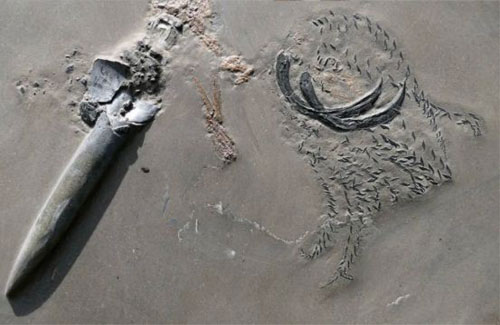Scientists may have found proof of the oldest life on Earth. According to the new evidence, life on Earth may have begun as early as 300 million years after Earth first formed. The previous confirmed oldest life on Earth was dated around 3.5-3.7 billion years old. Many scientists believe the Earth formed around 4.5 billion years ago. That makes these new microfossils a startling 4.2 billion years old, if proven correct.
The discovery that the oldest life on Earth may have formed so early is exciting for a number of reasons. First, it shows that life was finding a way even back when the Earth wasn’t as habitable as it is now. Second, the scientists involved believe that these types of microfossils could also exist as signs of life on alien planets.
The microfossils in question were originally de-scribed in a 2017 study led by researcher Dominic Papineau. However, at the time, many doubted the biological origin of the structures. This led to more research into the microfossils, birthing a new study published this month in Science Advances.
In the study, the team describes the possible oldest life on Earth as a tree-like structure roughly a centimeter across. The design is similar to some we’ve seen bacteria create in present times. Addi-tionally, the scientists argue that the characteristics of the microfossils make a non-biological origin highly unlikely.
Of course, discovering proof of the oldest life on Earth also opens up new doors for questions. Papineau told Vice News back in 2017, that if the origin of life takes such a short time to develop, then it brings up even more philosophical questions about the “probability of life” as a whole. And, he also says that it creates some new opportunities to possibly push the clock back for the origin of life.
But the search doesn’t stop here. While the dis-covery of the oldest life on Earth is exciting, there’s still not 100 percent proof that these microfossils are biological in origin. As such, we could see more studies released in the future. Studies that dig deeper into the microfossils and what causes them.—AP










